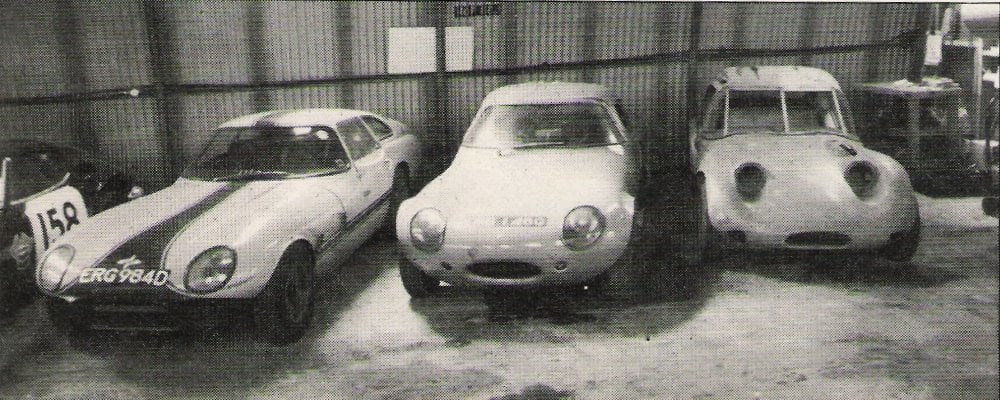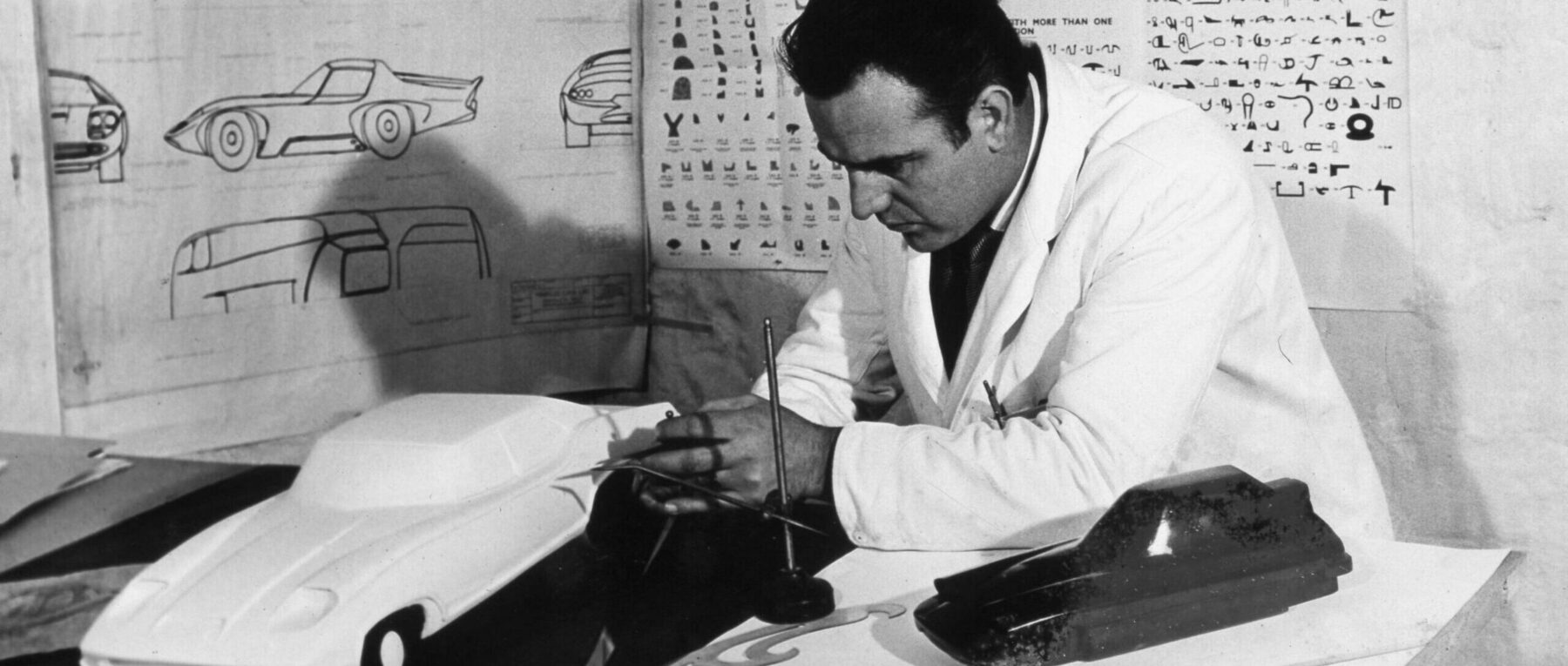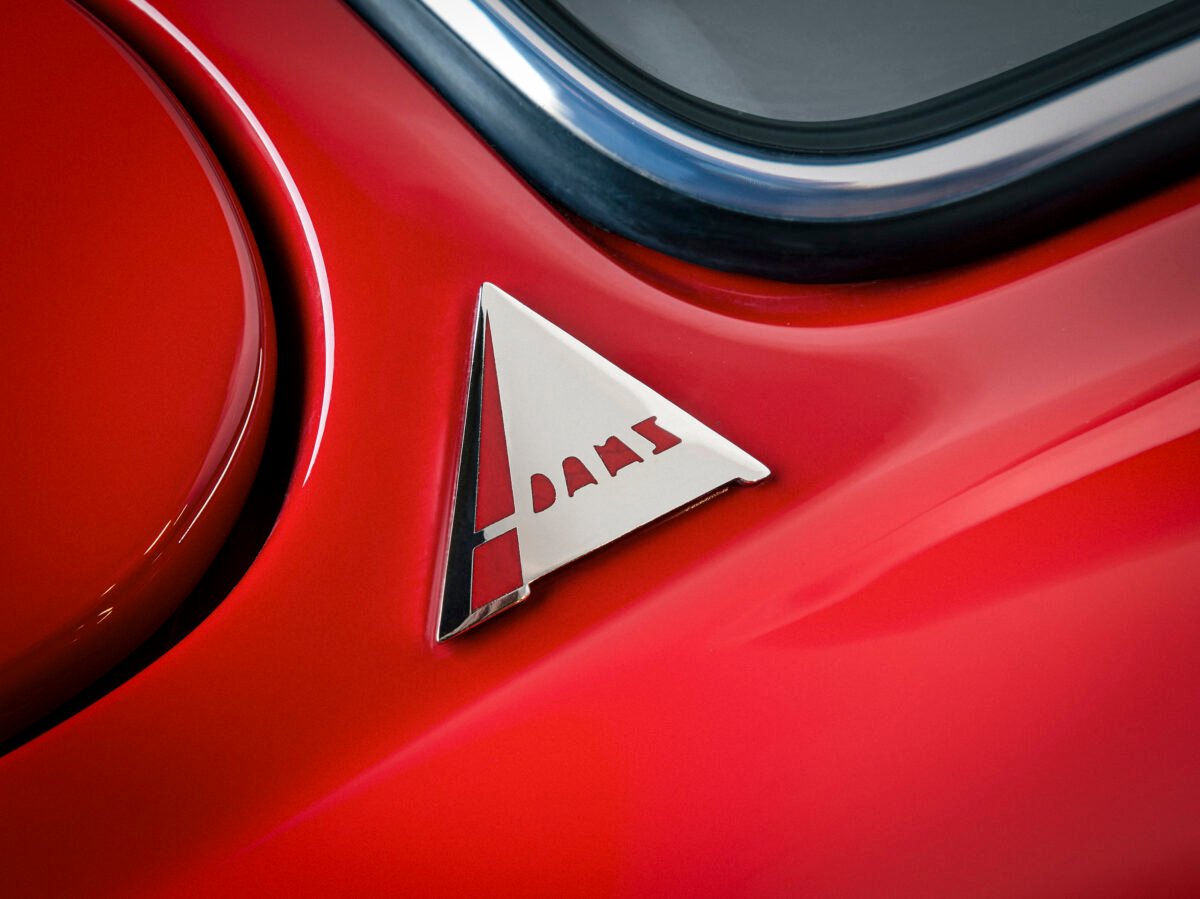he used the same timber structure as the DeHavilland Mosquito fighter-bomber he had worked on. This gave unmatched strength and lightness, for exceptional power-to-weight ratio and handling.
The structure was the core of Costin’s designs: the hard points defined what could be done with the body, which made his earliest Marcos cars, the Xylon – designed for the 6’4” Jem Marcos to race – unconventional looking, Marsh being merely another ‘hard point’: the form was dictated entirely by the function. With the body wrapped tight around the structure the Xylon may not have been aesthetic – it became known as the Ugly Duckling – but it was quick. Quick enough to attract ambitious young drivers including Jackie Stewart.
And most importantly it was the world’s first true monocoque chassis car: remarkably, the small, young




